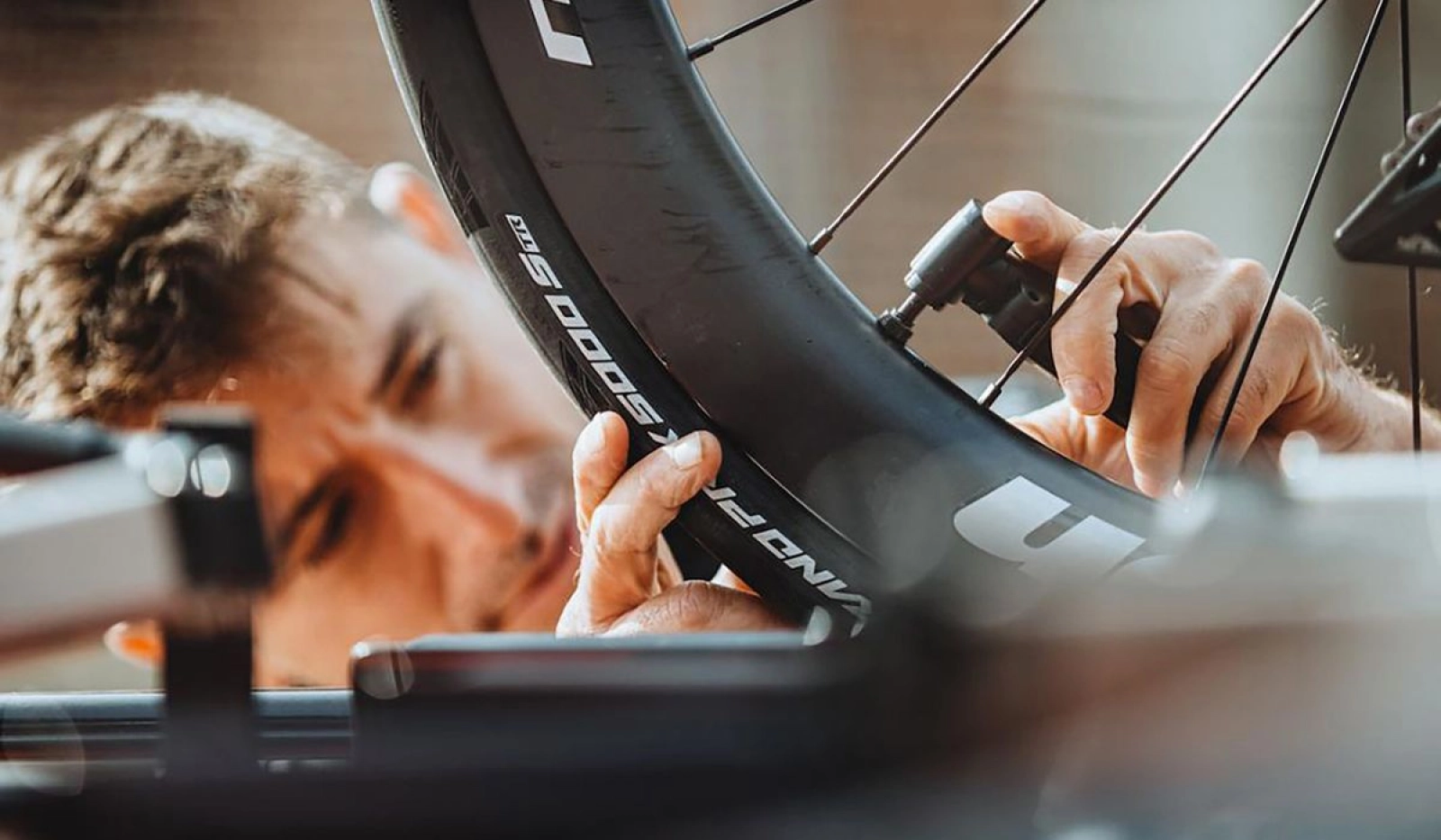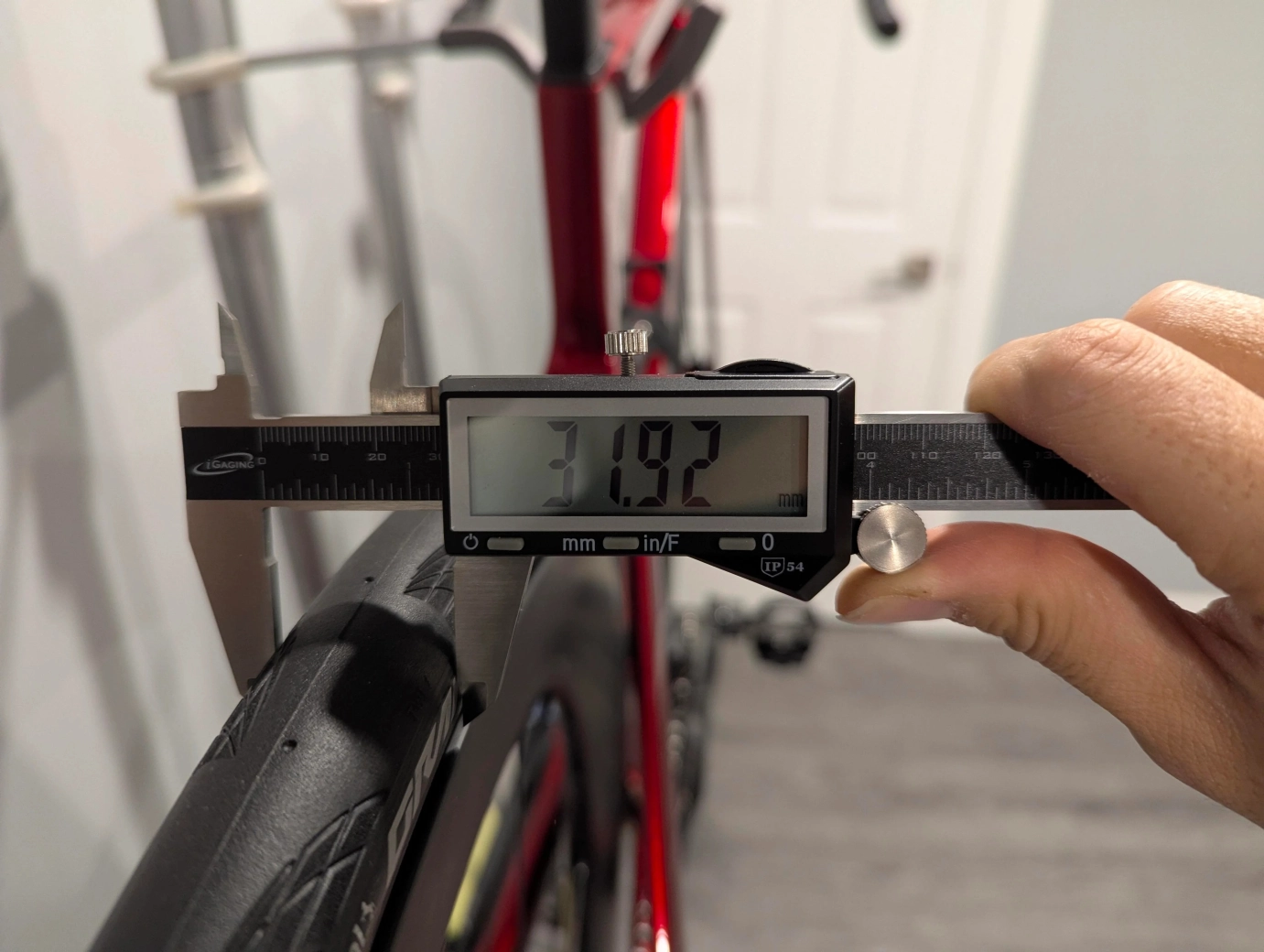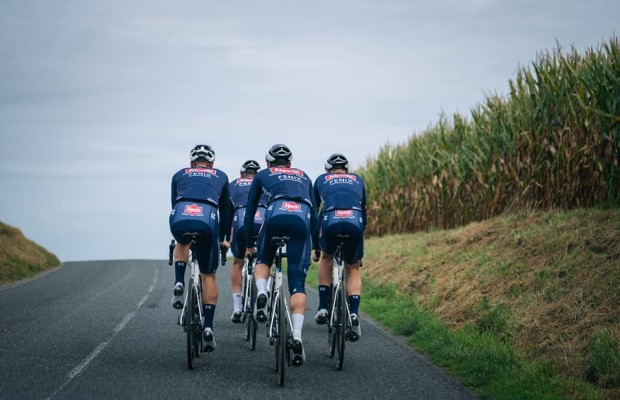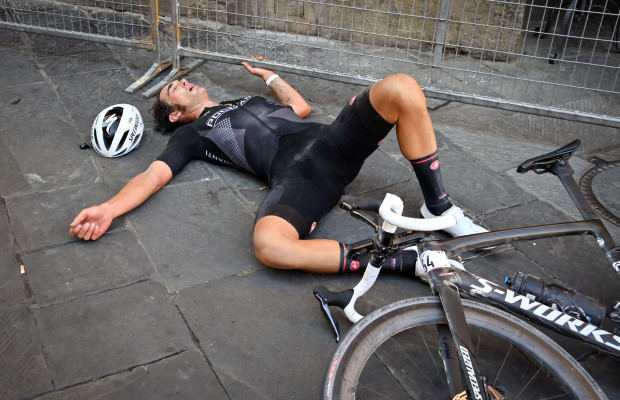What if everything you believed about fast tires was wrong?
All tire brands, when launching models aimed at achieving the best performance, talk about rolling resistance. A parameter that they all determine using the same standardized method, but whose results do not fully correlate with the resistance that these tires offer in real-world use.

Rolling resistance of the tire more difficult to determine than believed
For decades, in cycling, the maxim was to choose tires with the smallest possible section inflated to the maximum they accepted with the idea that they would roll better. A belief that has its origin in road cycling, in the sensations that the cyclist perceived with these tires, and in the way tire brands have traditionally measured rolling resistance.
Rolling resistance quantifies how much power it takes to move a tire at a certain speed. A parameter that tire factories have measured using a calibrated steel roller on which a wheel was rolled, pressed against the roller to simulate the weight of the cyclist, at a certain speed, measuring the power required for it. A parameter influenced by countless factors: the weight supported by the wheel, the width of the tire, the flexibility of the casing, the hardness of the rubber, the tire section, the type of compound used, etc.
RECOMENDADO

However, these tests on the smooth steel roller have always determined that, the higher the pressure, the lower the resistance, just the opposite of what is trending today. But why is a philosophy exactly opposite to what these laboratory tests determine now being applied?
The answer is simple: the test on the completely smooth steel roller does not simulate the reality in which they have to perform. While these tests are valid for comparing different tires and widths of the same, in fact, they determine that wider tires offer less resistance, they do not take into account the influence of the terrain on which they roll, which, as we now know, is decisive.
In the efficiency of a tire, the terrain plays a big role, especially when it is more irregular, which, with excessive pressure, means that the rubber constantly bounces, in a microscopic way, on the surface constantly losing grip. This is where low pressures come into play, allowing the tire to adapt much more easily to the terrain being rolled on.

That is why, in recent years, field tests have become especially important, under the most controlled conditions possible to avoid the influence of, for example, the wind, so that bike brands can obtain much more realistic results and that have led to the paradigm shift we have experienced in recent years where tires are increasingly wider and inflated at lower pressure.
Teams also conduct these tests with their own bikes and wheels to determine the best configuration for their needs and the specific conditions of the terrain for a particular competition. Team tests that then provide valuable feedback for tire brands that sponsor them when it comes to improving in the next generations of tires.





